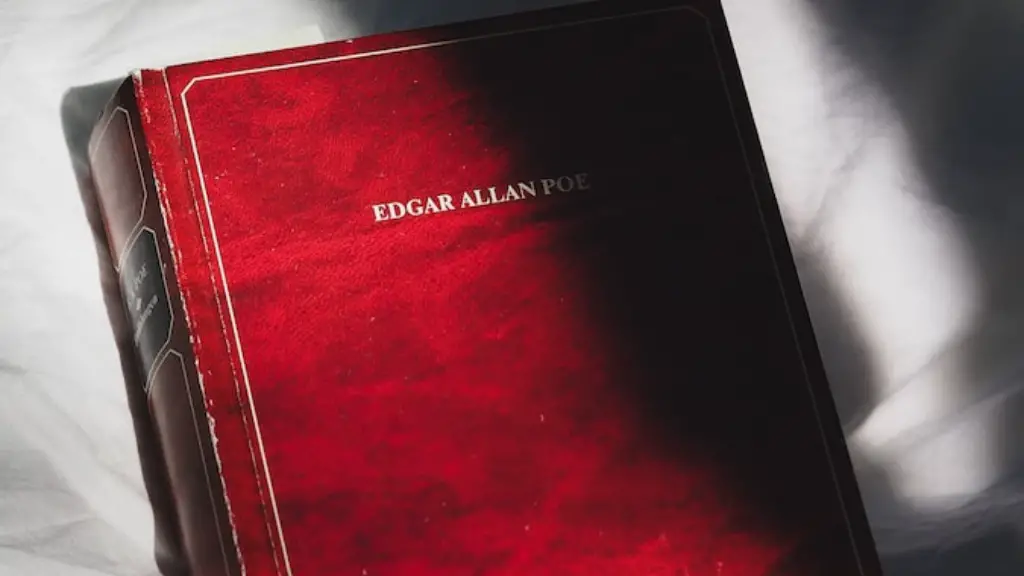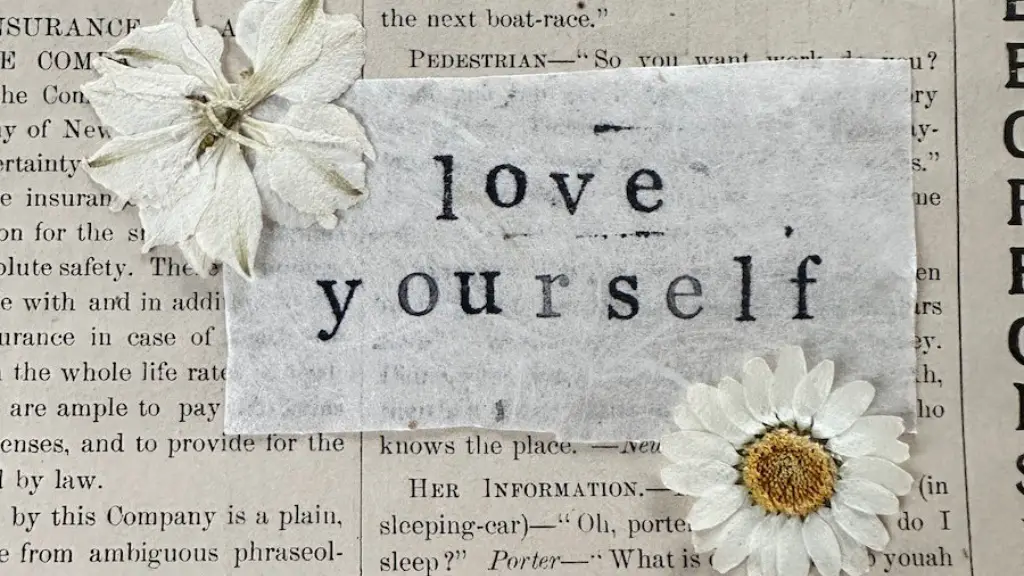The Basics of Writing Free Verse Poetry
Writing poetry has long been a way of expressing the soul and exploring the depths of the human experience. Free verse poetry is a type of poem that does not use any fixed form or rhythm and has been gaining in popularity over the years.
Free verse is liberating to write, providing poets with the freedom to explore the depths of their creativity. Without the restrictions of set forms or rhythms and schemes, free verse allows poets to focus on the structure, imagery and poetic language instead.
The challenge of writing free verse is to ensure the poem has a structure and still carries the intended meaning of the poet. Experienced poets have come to realise that it is still necessary to consider the elements of poetry such as the imagery, grammar, rhyme, repetition and stanza structure, but it is the freedom to break these rules that creates the beauty of free verse.
Choosing How to Structure a Poem in Free Verse
When approaching the task of writing a free verse poem, the poet must consider how to structure the poem. Many poets begin by deciding on the title, which serves as a starting point for the poem. This will set the tone of the poem, and help to determine the focus and form.
The next step is to consider how to develop the poem’s structure. In free verse, the structure is much more flexible, and can take the form of anything from a single run-on sentence to a structured set of couplets or quatrains. Much of the poem’s narrative will be established in this process. Poets often decide to leave the poem open-ended, in order to allow readers to extract their own meanings.
One of the most important factors in writing free verse is to experiment with the line length. Some poets choose to use shorter lines for its effect of providing emphasis. On the other hand, some poets use longer lines to explore a range of ideas without the need for punctuation.
Experimentation is key to establishing the creative flow and tone. As with all poetry, the approach should be to trial and re-trial different methods, to discover what works best for the poem. Free verse gives a poet the freedom to explore these remits in greater depth and manifestation.
Using Language and Imagery in Free Verse Poetry
Imagery is used to enhance the intention of the poet and to create a vivid landscape for the reader. To write a powerful poem, the poet needs to be able to manipulate language and use the right words to bring a scene to life. Using strong language and imagery can be difficult, as the poet needs to find the right balance of description and emotion.
The language needs to flow naturally, with the right balance of structure and freedom. It also needs to share the pictures and perspective that the poet is trying to conjure up in the minds of their readers. This can be done using metaphors, sensory language and vibrant word choices.
When creating a poetic scene, it is important to consider the rhythm and musical flow of the poem. It is necessary to use the optimum combination of rhythm, repetition and rhyme to create a tapestry within the poem. This can be a difficult task for poets, but with practice and guidance, the process can be truly rewarding.
Gaining Inspiration for Poems
Often, a poet will start with a personal experience or emotion and use that as the basis of their poem. By tapping into a personal emotion, the poet opens up the option to explore a wide range of themes, setting the poem on a journey of discovery. The process can be very cathartic and healing.
It is also possible to use an experience shared by others as the basis of a free verse poem. This can be an ideal way of expressing solidarity and telling somebody else’s story. Through the medium of an expressive poem, the poet can pass on their understanding and empathy, as well as providing an outlet for their own emotions.
Finding inspiration can also be done by exploring another poet’s work and look to be inspired by their unique writing style. It is also possible to take a piece of writing and use that as a base to draw their ideas and inspirations from.
Removing The Fear of Writing Free Verse Poetry
The art of writing free verse can be intimidating to those who are new to this form of writing. This fear can limit the potential of a poem. To remove this fear, it is important to recognise that there is no right or wrong way to write a free verse poem. As long as the poem expresses and communicates the desired message, the structure follows, and the language and imagery are suitably creative, it is simply a matter of personal preference.
It is useful to start by setting out some guidelines and boundaries. Once the rules are established, the poet can venture outside those boundaries, safe in the knowledge that the structure will remain.
Practising the craft and honing the skills of writing, combined with patience and perseverance, will help the poet to create a unique and captivating piece of art.
Finding Structure and Clarity In Free Verse Poetry
Using some kind of structure is a vital part of writing free verse poetry. It is important to think of the poem in terms of poetic elements such as the imagery, the rhythm and the form, as it will help the poem to take shape and create its own type of structure.
The poet may choose to use elements such as the repetition of a certain phrase to give the poem structure and clarity. This is a powerful way to anchor the idea of the poem and guide the reader through its flow. Another approach is to use these elements within the poem as a way of creating a palette of ideas and feel. This should be done carefully and deliberately, so as not to overwhelm the flow of the poem.
Experimenting with these elements will help the poet gain new insights and can contribute to the development of the poem. The aim is to create a piece of writing which flows and reads like a cohesive piece of literature.
Sharing Free Verse Poetry With Others
Once the poem is complete, the poet may find it useful to discuss their work with others. This can be done in numerous ways, depending on the poet’s preference. Collaborative sites, such as writing or poetry clubs, or even showing the poem to friends and family, can all be a helpful option.
Another great way to gain feedback is to submit the poem to literary magazines and journals. This is a great way for emerging poets to get their work out for consideration by a wider audience.
Sharing a poem with the world can be a rewarding experience. It gives the poet a sense of accomplishment and a feeling of confidence in their writing. It is always important to remember that when writing a free verse poem, the challenge is not to create something perfect, but to express the ideas and emotions in the most meaningful way.
Achieving Depth Through Free Verse Poetry
Writing free verse can be an enjoyable challenge, as it pushes poets to gain an understanding of their own emotions and to create a powerful piece of poetry. Allowing the creativity to flow and breaking the rules is an important part of the process.
As well as experimenting with the structure and imagery, the poet must also consider the elements of rhythm, repetition and rhymes. These elements can help to create a musical palette within the poem, filling it with shades of meaning and emotion.
Finally, the poet must be willing to be bold and reveal the depths of their emotions, if they are to achieve something meaningful. Getting feedback from others can be extremely helpful in creating a powerful poem, and submitting one’s work for consideration by a wider audience is a great way to gain recognition.
Using Traditional Forms to Construct Free Verse Poetry
It is possible to write free verse poetry with traditional forms in mind. Using the form of a sonnet or a haiku can allow poets to use the classic form to their advantage. Using a classic form can help to focus the theme and provide clarity.
Traditional forms can also be used as a structure to begin a free verse poem, with the freedom to explore ideas and emotions in the latter part of the poem. This can be a good way to introduce the poem and provide a platform for further development.
It is also possible to use a traditional form to disguise the true content of the poem. The use of a traditional format can be a powerful way for the poet to express their most sensitive feelings, safe in the knowledge that their ideas are hidden.
Exploring Ideas Further Through Free Verse Poetry
Writing free verse poetry is a great way to explore ideas and gain insight into one’s own emotions. By removing the restrictions of traditional forms, the poet is free to experiment with the structure and create something that is truly unique.
Using themes, imagery and rhythm can help to add depth to the poem and guide readers through the poem’s journey. When submitting a poem for consideration, it is important to ensure that the poem has been proofread and is of a professional standard.
Seeking feedback from other poets and submitting one’s work for consideration is a great way to gain recognition and to express the soul through powerful poetry.
Using Symbolism To Enhance Free Verse Poetry
Symbolism is a powerful tool for poets and is often used to create a greater depth to the poem. Symbols are versatile as they can be used to represent both literal and metaphorical pictures, which can be interpreted in different ways. The use of symbols can give the poem a magical quality, adding a layer of mystery and intrigue.
The symbols used should be meaningful and relevant to the theme of the poem. It should be used to reflect the actual poem, to enrich the underlying message and to create an atmosphere of wonder. The number of symbols used should be minimal, as they can easily overpower a poem if used too often.
Using symbols in a poem can be rewarding, as it helps to take readers on a journey. With practice and experimentation, the poet can use symbols to add a new dimension to their work.





